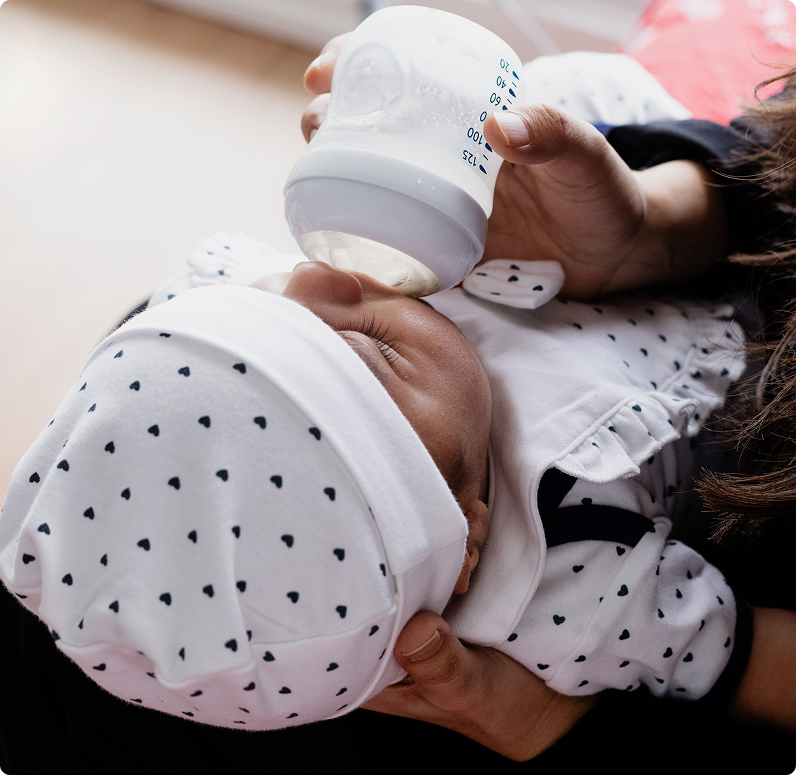BPA, BPS, BPF – More Letters More Problems
Moving beyond microplastics, let’s talk about other chemicals in plastic baby bottles. Bisphenol A (BPA) was the original villain, linked to hormone disruption, but it was banned in baby bottles back in 2012 by the FDA. However, plastic manufacturers have been clever, swapping BPA for other bisphenols like BPS and BPF, which might not be much better. These compounds can leach into milk or formula, especially when bottles are heated or worn down.
Heating plastic bottles can exacerbate issues, causing not just microplastics but also these chemicals to migrate into what your baby drinks. That’s why experts suggest avoiding microwaving or dishwashing plastic bottles, since high temperatures can accelerate chemical leaching.
Glass: The Clear Choice for Clear Conscience
Given all these plastic problems, glass baby bottles have been making a stylish comeback. Why glass? For starters, they don’t leach microplastics or chemicals when heated. Glass is non-reactive, meaning it keeps your baby’s food as nature intended.
Here are some of the top glass baby bottles of 2025 that are safe and funtional:
- BurrBaby Natural Glass Bottles: These bottles are all about the parents who want the best for their babies. Made from durable glass, they’re designed to withstand the occasional drop. They come with rust-proof, food-grade stainless steel lids to prevent leaks, and a wide, soft nipple to mimic breastfeeding. Perfect for the eco-conscious family, these bottles are free from all plastics and BPA.
- Philips Avent Natural Glass Bottles: These bottles are a popular choice, offering anti-colic features with a no-drip nipple. The glass used is thermal shock-resistant, which means you can go from the freezer to hot water without a worry. They’re great for those who appreciate the convenience and quality of glass. We used these for our babes and they worked really well for our family!
- Lifefactory Glass Baby Bottles: Known for their practicality, these bottles feature a silicone sleeve that not only protects from breaks but also provides a comfy grip. They’re made from high-quality borosilicate glass, ensuring no microplastics make their way into your baby’s milk. Plus, they’re dishwasher and microwave-safe, making cleanup a breeze.
- NUK Simply Natural Glass Bottles: These have a contoured design that’s easy for both baby and parent to hold. The large, multi-perforated nipple design mimics the natural feel of breastfeeding, reducing colic. NUK’s commitment to safety means no lead, BPA, or microplastics here.
- Evenflo Vented+ Glass Bottles: If you’re worried about glass breaking, Evenflo’s tempered glass bottles are designed to be tough. They have an ergonomic design for easy gripping, and the venting system helps reduce colic. They’re a testament to how glass can be both functional and safe
Making the Switch to Glass
Switching to glass might sound like a hassle, but consider this: you’re not just feeding your baby; you’re nurturing their environment too. Glass is infinitely recyclable, and by choosing glass, you’re cutting down on the plastic waste that could otherwise end up in our oceans… and our fish… and back in our food system. Plus, with glass, you bypass those concerns about chemicals and microplastics.

